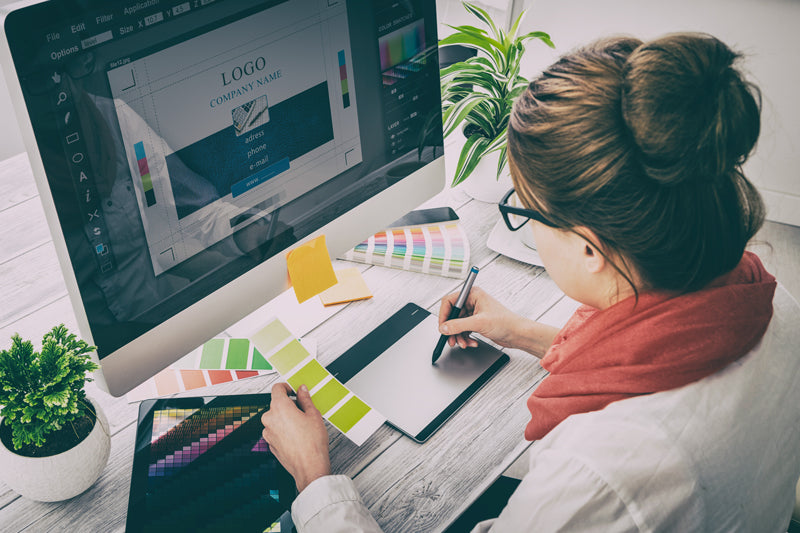Five basic graphic design tips September 07 2016

There are loads of useful graphic design tips to be found on the Internet. Here’s five of our favourites to help you enhance your designs for Promaxx’s self-printable cards and labels.
Collect work that inspires you
Pablo Picasso is widely quoted as having said that “good artists borrow, great artists steal.” We couldn’t agree more. All designers gain inspiration from other designs, so one of the most helpful things you can do is start building a catalogue of designs and work that you like or that you would like to emulate. Bookmark images and websites on your browser, set up a Pinterest board or simply save designs to a file on your desktop.
Why not try and copy some of your favourites? All this will help you work out what your style is and to identify current trends.
What is your design process?
As you get in to designing you will find a process that you feel comfortable working to. The process mentioned in this link is a useful guide to the stages you might follow - from establishing a design brief, and sketching and conceptualising, through to taking breaks during the design process to reflect before choosing the final design.
Typography tips
Studying the use of typography will reveal how important it is in designs. Have a look around and see how different uses of typefaces and fonts change the style and feel of a design. There’s some good examples here of how contrasting fonts can work well together, and how background images can complement fonts and help determine where to put the text.
Create make believe projects
Practice is crucial when you are starting out designing, so get as much as you can. One way to practice is to create false projects – maybe, a make-believe birthday card for Winston Churchill or a new brand label for Twinnings Tea – anything that will get your creative juices going and force you to work outside your comfort zone.
Colours
There are so many colours to choose from that there is a danger that your design will become too busy. It is recommended that you start with a limited colour pallet made up of just two or three complementary shades that work together. From here you can create lighter and darker shades of the same colours or fade and saturate these colours to create different vibes.
